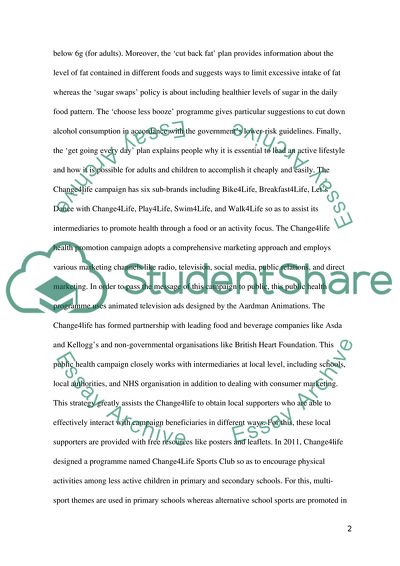Cite this document
(Change4Life: Health Promotion Campaign Analysis Term Paper, n.d.)
Change4Life: Health Promotion Campaign Analysis Term Paper. Retrieved from https://studentshare.org/social-science/1804799-health-public-and-health-promotion
Change4Life: Health Promotion Campaign Analysis Term Paper. Retrieved from https://studentshare.org/social-science/1804799-health-public-and-health-promotion
(Change4Life: Health Promotion Campaign Analysis Term Paper)
Change4Life: Health Promotion Campaign Analysis Term Paper. https://studentshare.org/social-science/1804799-health-public-and-health-promotion.
Change4Life: Health Promotion Campaign Analysis Term Paper. https://studentshare.org/social-science/1804799-health-public-and-health-promotion.
“Change4Life: Health Promotion Campaign Analysis Term Paper”, n.d. https://studentshare.org/social-science/1804799-health-public-and-health-promotion.


